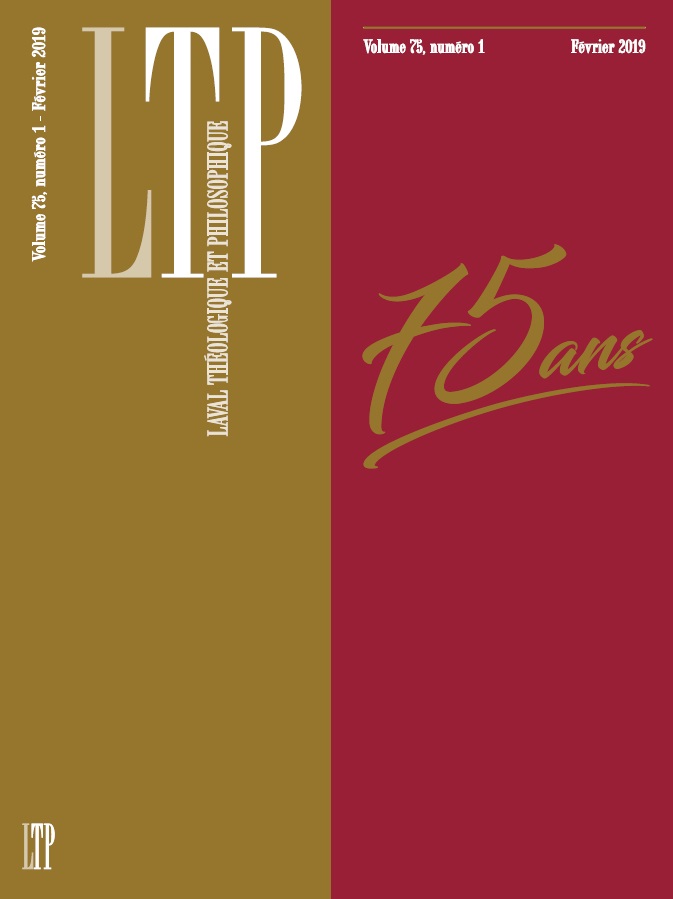The ‘Cosmographic Mystery’: Johannes Kepler’s Conversion of Astronomy
Résumé
In 1616 the Holy Congregation for the Index prohibited the printing and reading of Copernicus’s On the Revolutions of the Heavenly Spheres (1543) on the grounds that heliocentrism contradicted the Holy Scriptures. According to Johannes Kepler, ‘To study the heavens is to know God as creator.’ Moreover, ‘Since we astronomers are priests of the highest God in regard to the book of nature, it befits us to be thoughtful, not of the glory of our minds, but rather, above else, of the glory of God.’ There is some precedent for such claims in John Calvin’s conception of the creation as a ‘Theatre of God’s glory’ with its corollary of the so-called ‘two books’. Kepler’s defence of Copernican heliocentrism relies upon the distinction between the Book of Nature from the Book of Scripture. Building upon the soteriological foundations laid by Martin Luther, Kepler the astronomer-theologian also seeks to sharpen the distinction between a ‘visible’ and an ‘invisible’ heaven, with significant consequences for astronomical physics. The new astronomy is profoundly implicated in sixteenth-century theological controversies.

